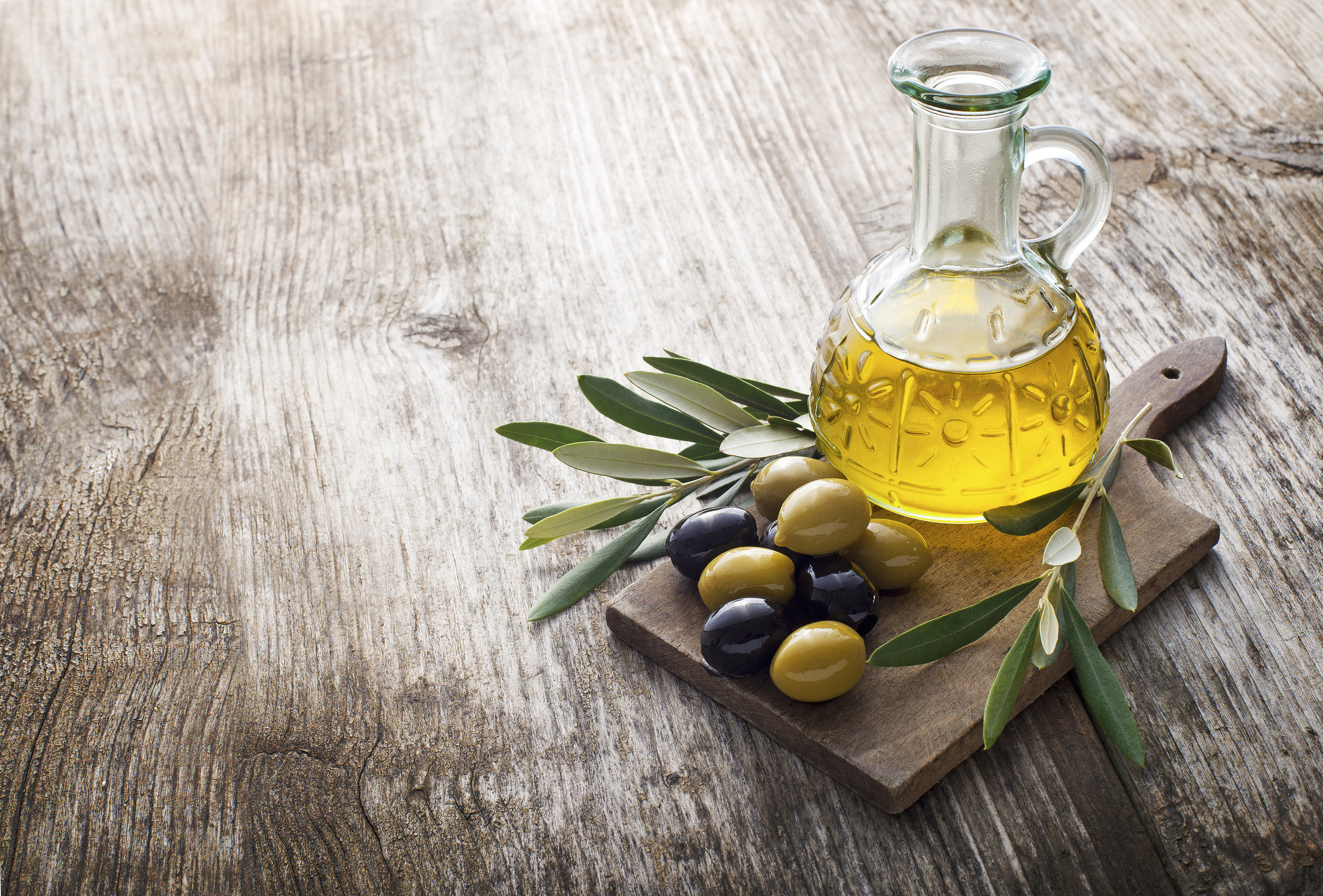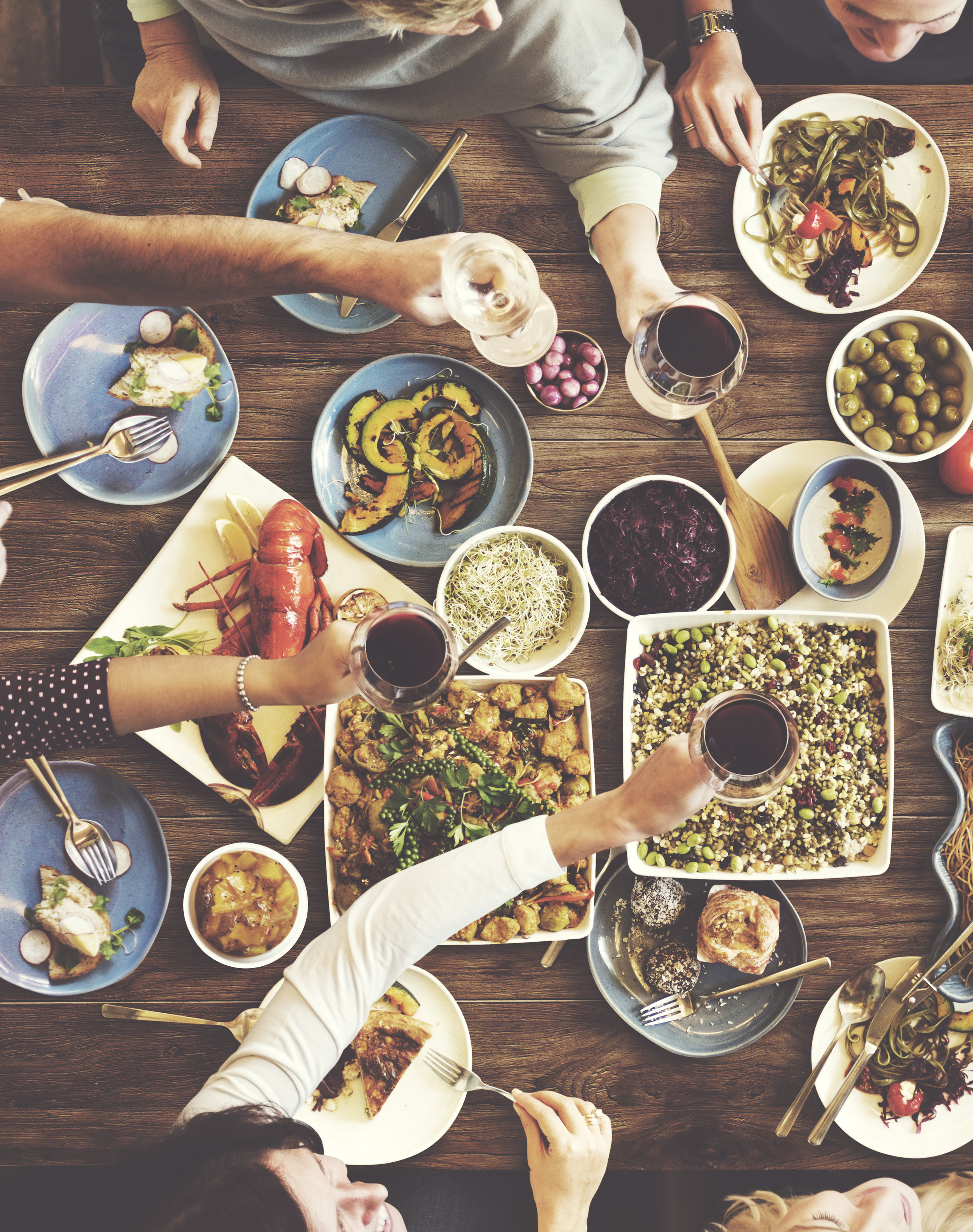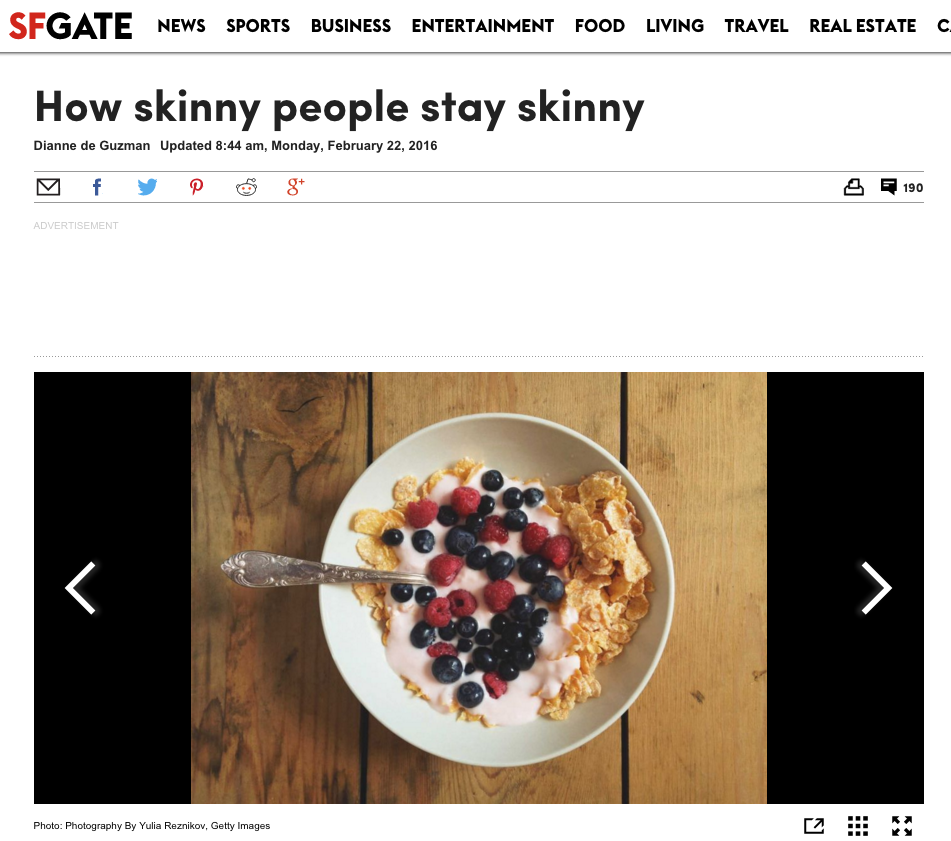Healthy Aging - Take a Cue From the Greeks!
/The Greek Lifestyle/eating which I would like to emulate for my own healthy aging:
- Lots of fruits and veggies (preferably fresh from the farmer's market or garden)
- Yogurt
- Lots of fish and nuts
- Olives and olive oil
- Healthy grains
- Goat's milk products
- Wine! (in moderation - I'll try to stick to red since white is higher in sugar)
- Sleeping until I wake up naturally (I already do this!)
- Social eating (I need to do more of this!)
- Great sleep and rest during the day
- Lots of natural exercise like walking (I need to build more errand running on my bike!)
My dear gorgeous, healthy and always fabulous-looking Greek-heritage friend, Kirsten and I had a lovely time the other day having lunch at the cafe at our favorite grocery store (Berkeley Bowl!) and then had fun running into each other while shopping. It was a day off for me and we had been trying to get together for a while so we decided to tie it in with my grocery shopping trip. We love to talk about food and even took a cooking class together while we were at Rancho La Puerta last Spring.
While we had our leisurely social lunch (so Greek!) we were talking about the Mediterranean way of eating and how she's starting to move back to it. We were talking about how we obsess about food these days and she's been realizing she's just happy and healthy eating the diet of her ancestors. Although I'm not Greek (I'm Polish and German), I was thinking a lot about the Mediterranean way of eating and while I shopped and decided to buy some clams to cook that night. Right now I'm on an anti-candida protocol which is pretty strict, but other than being sensitive to gluten and dairy and trying to keep my sugar intake low, if I ever get rid of this candida, I'm looking forward to eating a more diverse diet.
The day after we met, Kirsten shared with me an article she remembered reading long ago about the Greek diet and I was inspired. The article starts by talking about a man who moved back to a tiny island in Greece (from the states) to live out his lung cancer diagnosis. Getting back to the fresh air, socializing with friends, sleeping late, napping, working in the garden and the Mediterranean diet is the reason (he thinks) he was still alive many years after his diagnosis. He never had any cancer treatments and although I would not necessarily recommend that, somehow it worked for him and it says a lot about the Greek lifestyle. I've been eating a lot of saturated fats recently and although I've been feeling pretty good and am losing weight without even trying, I think I'm going to start shifting back to more healthy fats like olive oil rather than so much coconut oil and having avocados with my eggs rather than bacon or sausage (that's the German in me) - and lots more fatty fish (will I EVER like sardines?). My hubby isn't too social, but I love long leisurely meals with friends, so need to start scheduling more of that too.
As I prepare for the upcoming 3rd Act retreat (I hope to see you there!) and as I hear more and more friends starting to talk about retirement plans, I'm thinking a lot more about healthy aging and this article couldn't have come at a better time. So there you go, thanks to a healthy social lunch with a friend, I'm inspired and BTW - I had the Ahi salad with seaweed for lunch that day. No wine since I've cut down on the sugar for my candida protocol, but once I'm rid of the candida, I'll be going back to drinking red wine a few times a week!
Here is the article:





